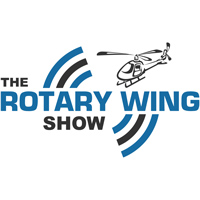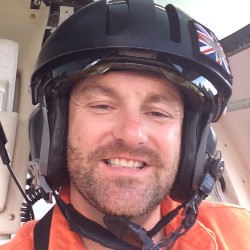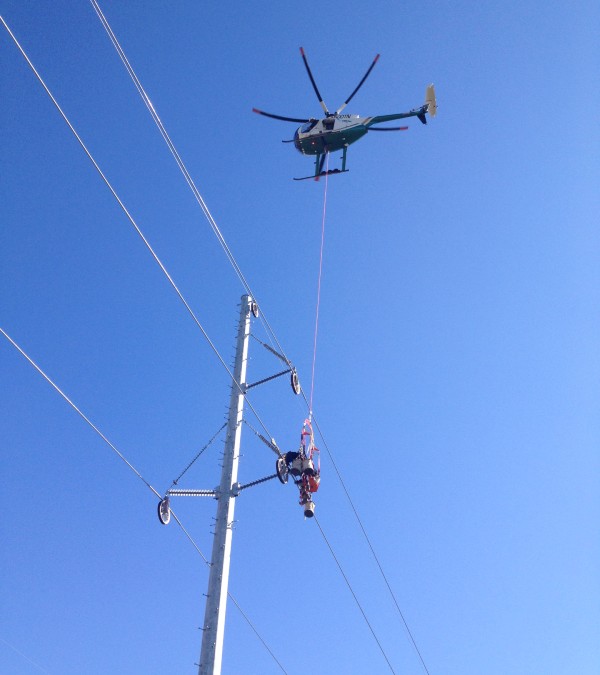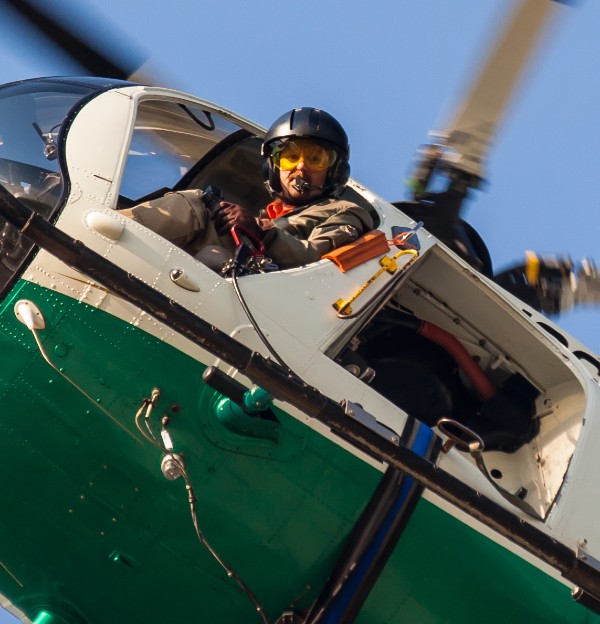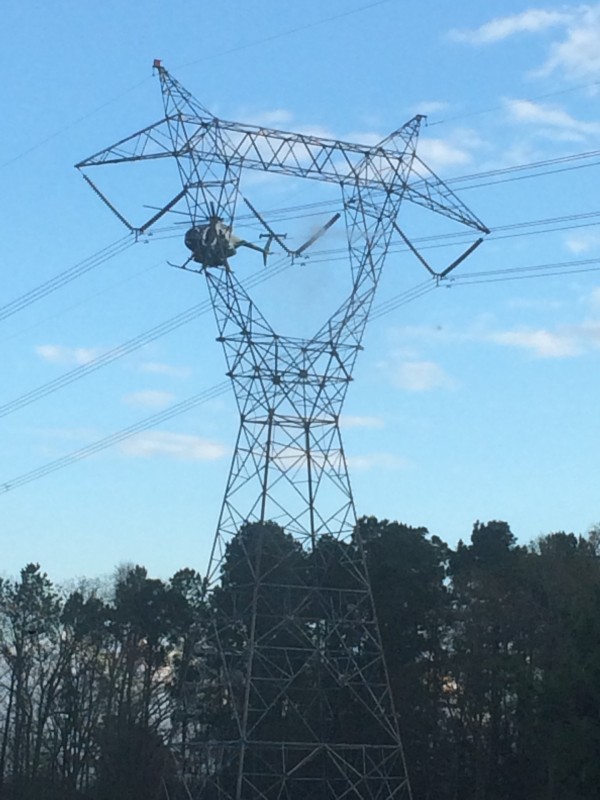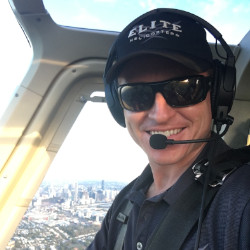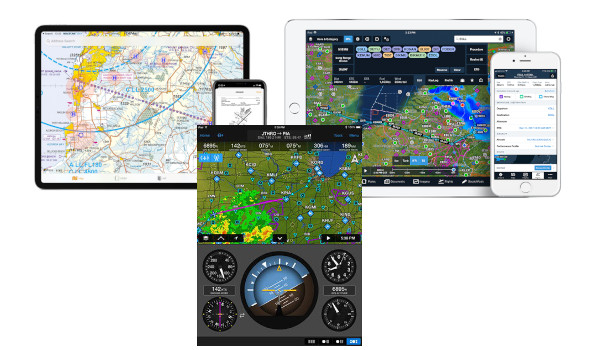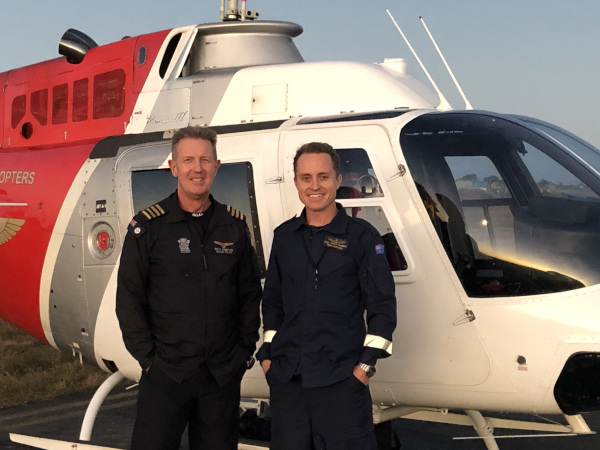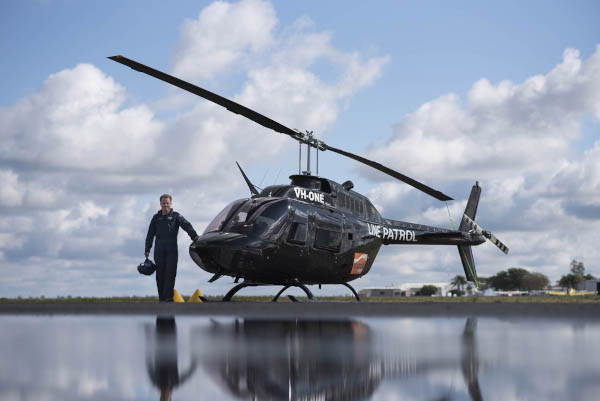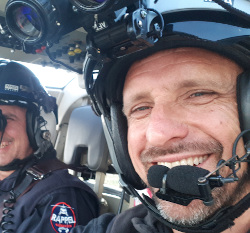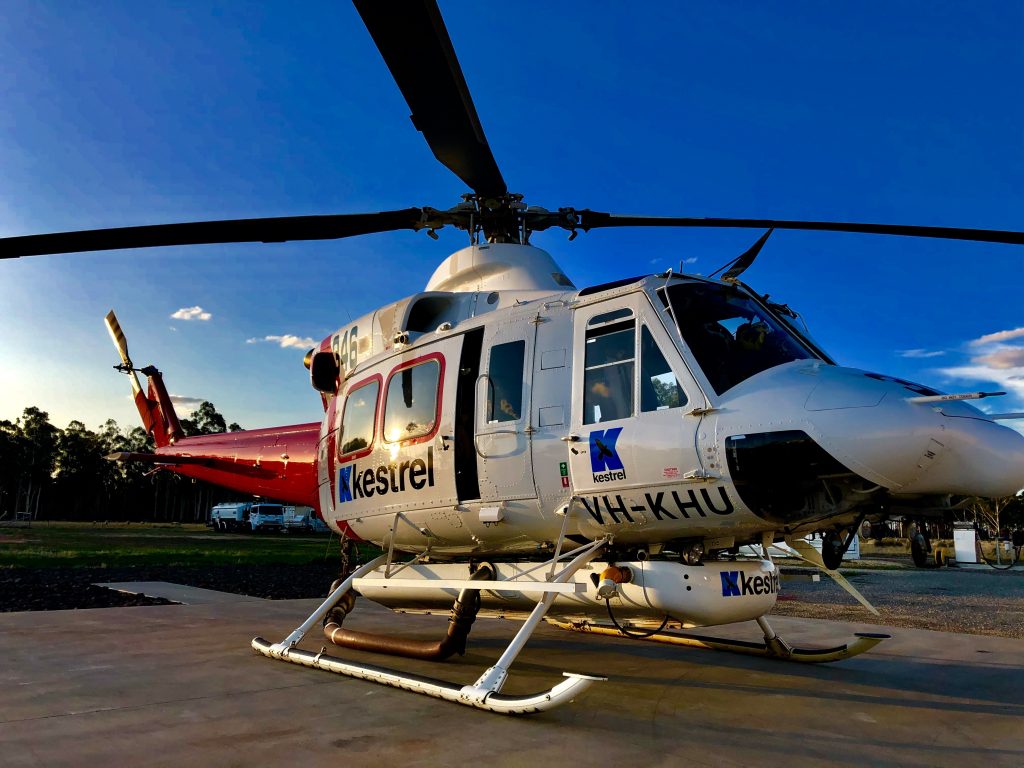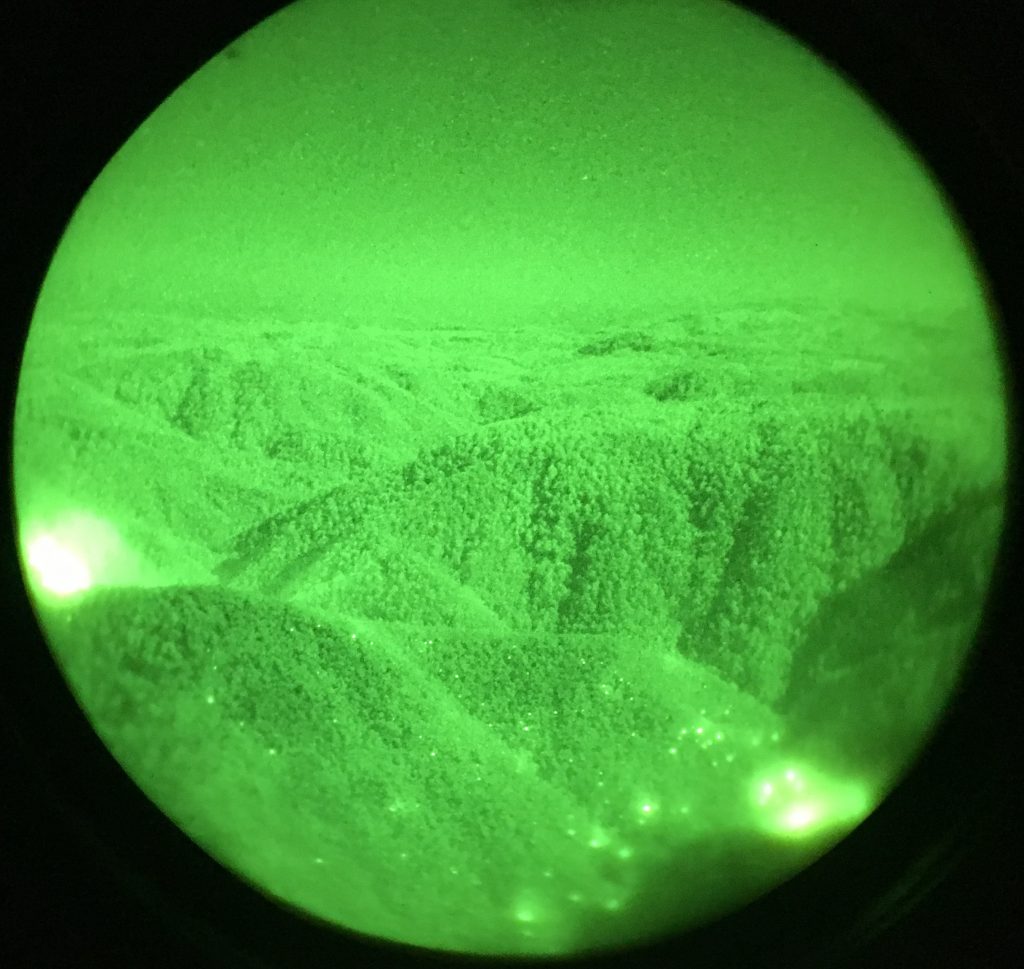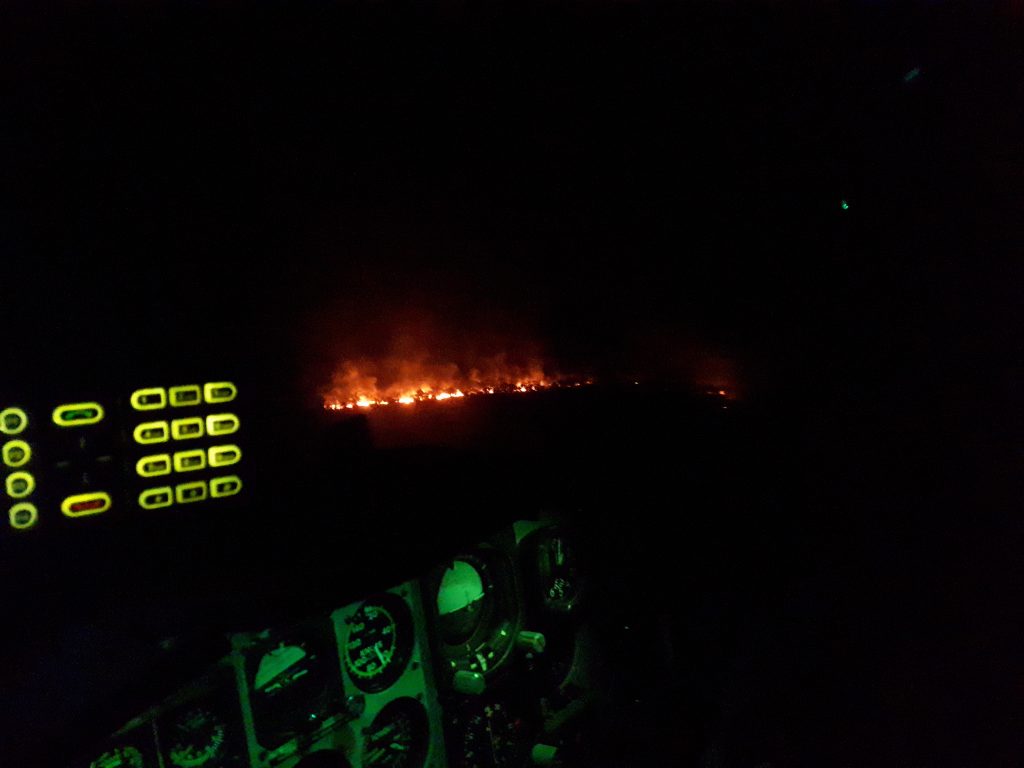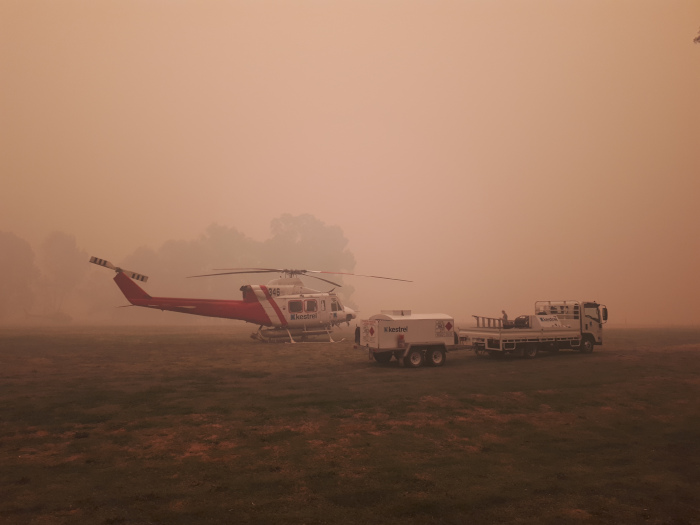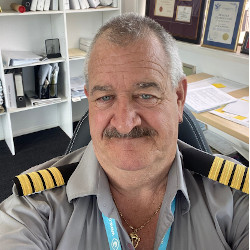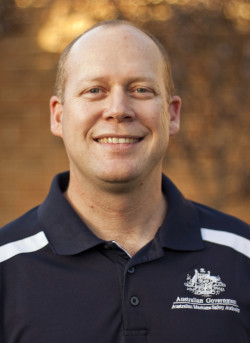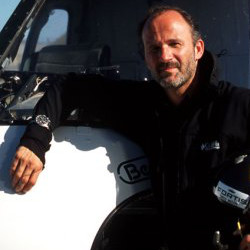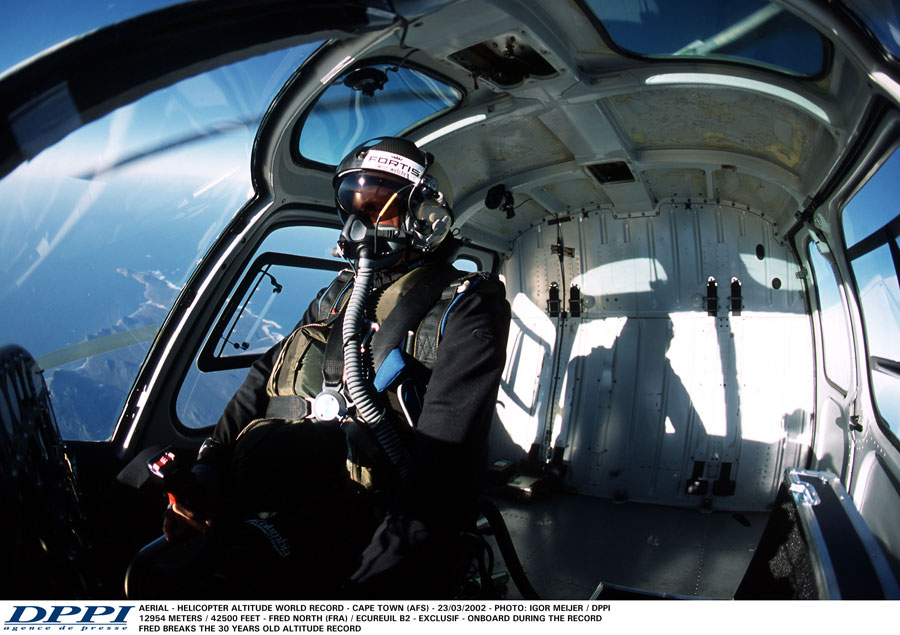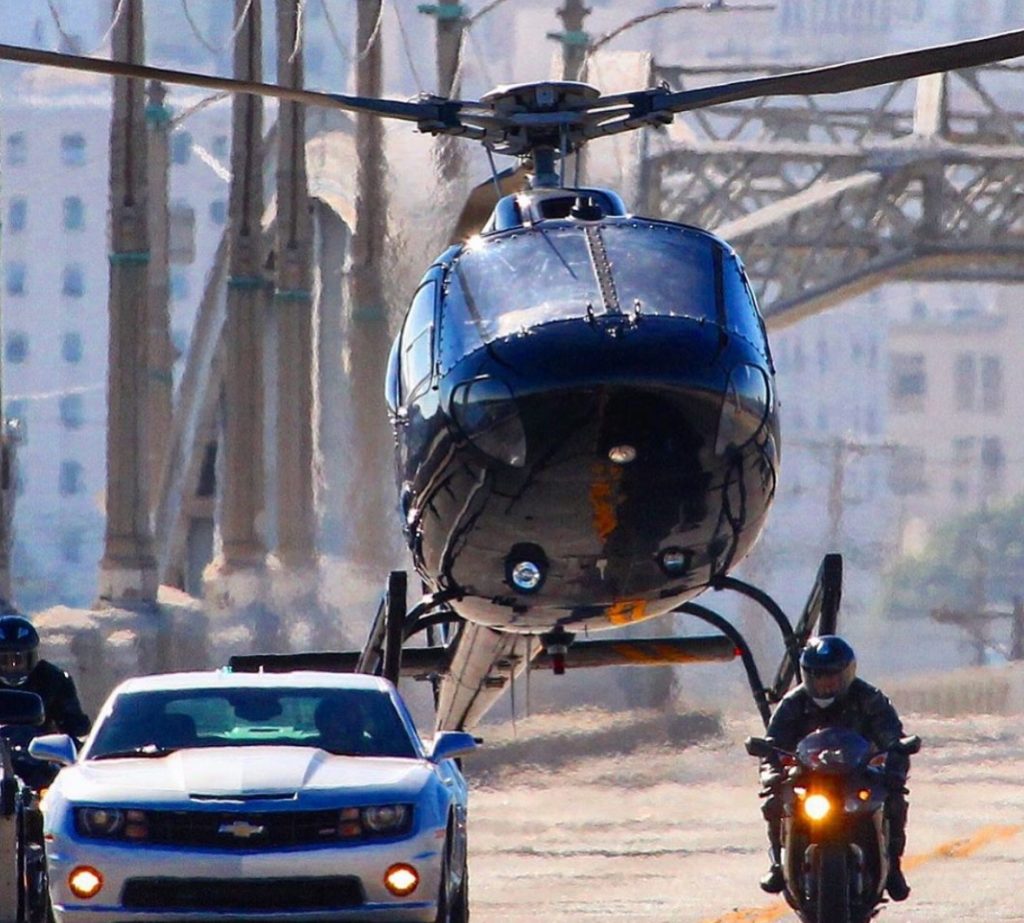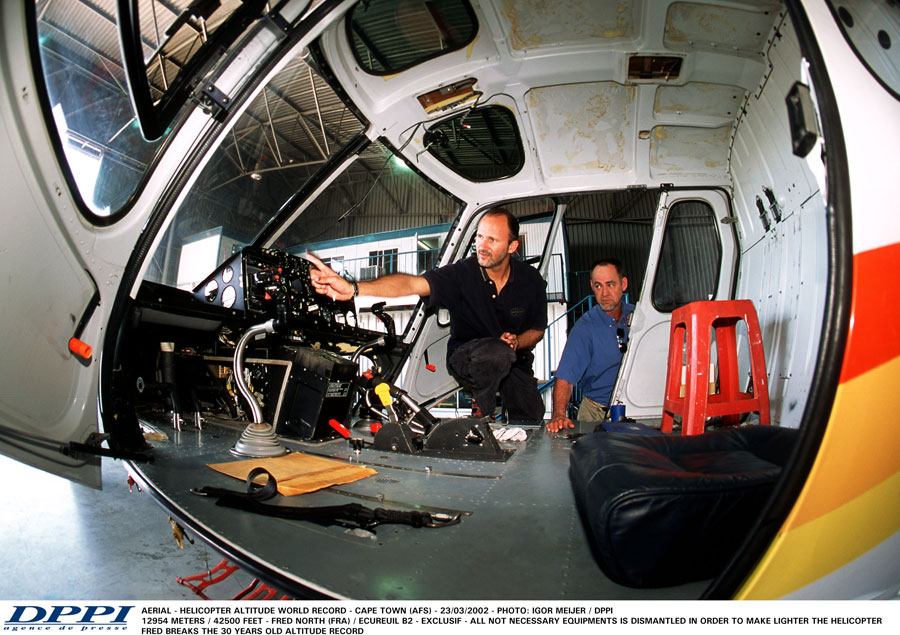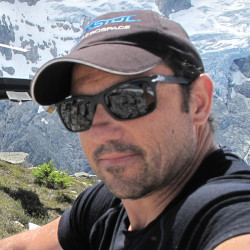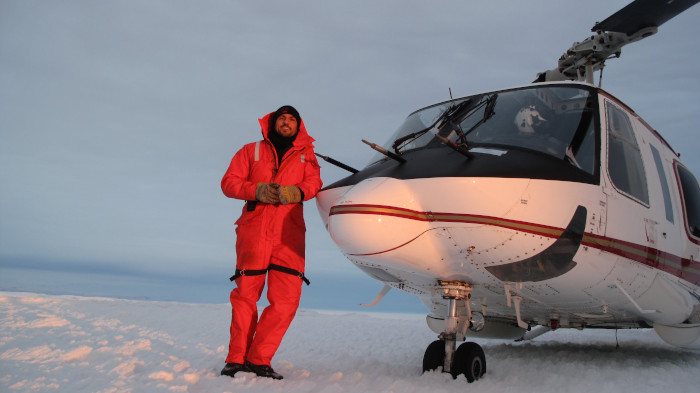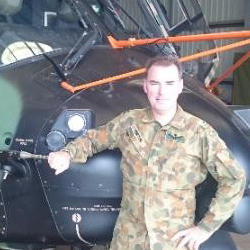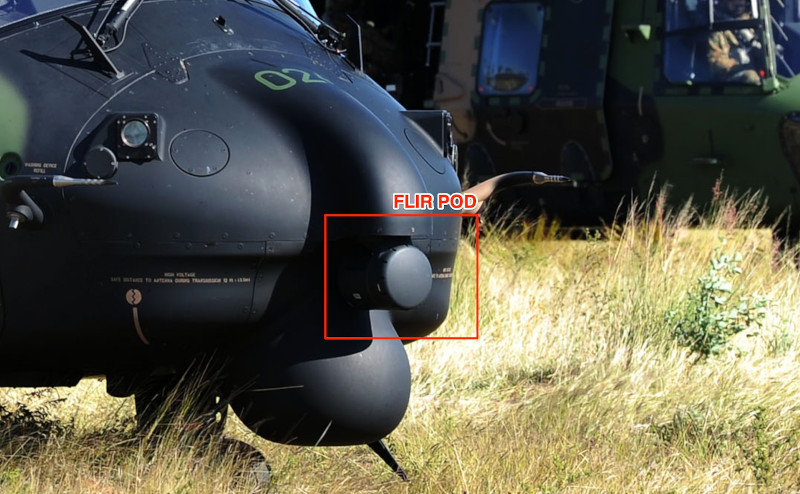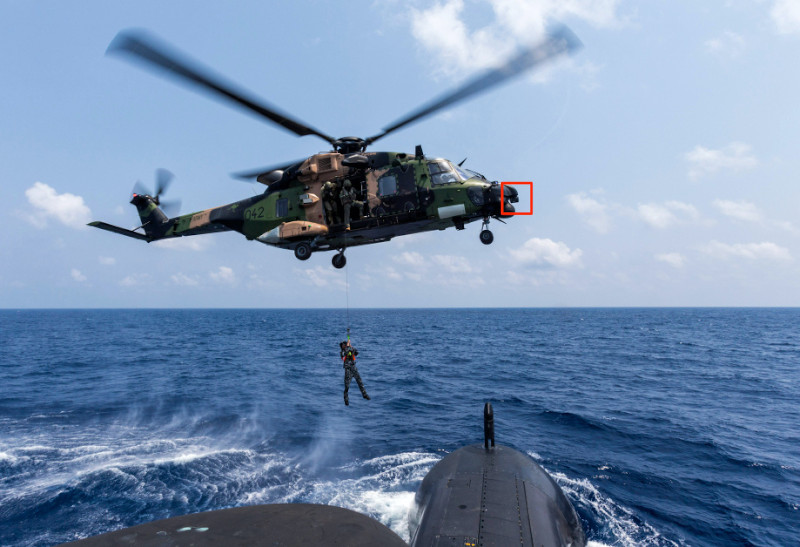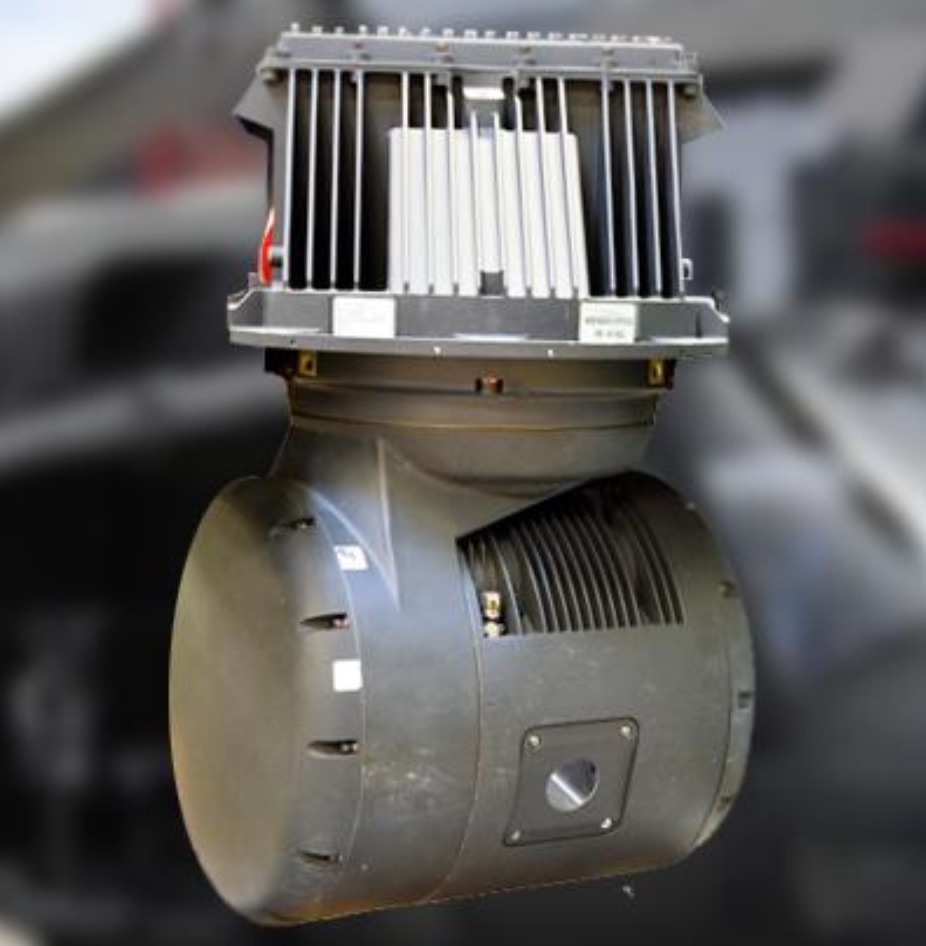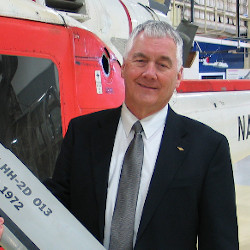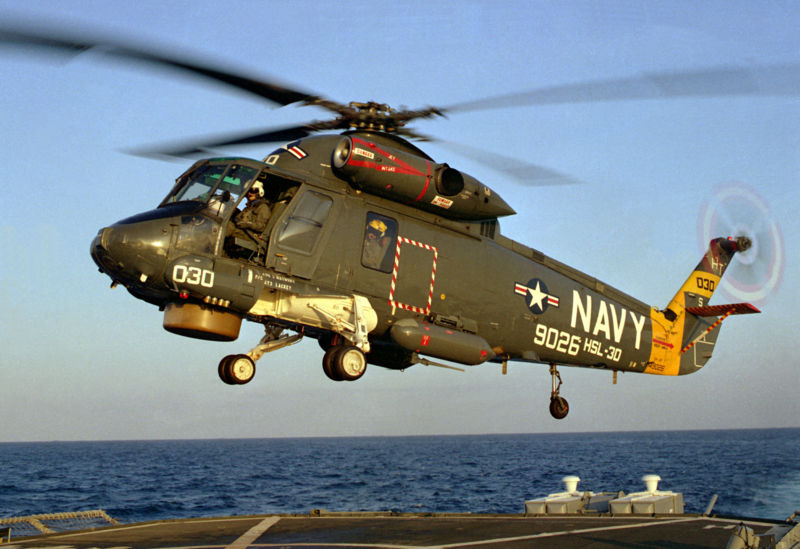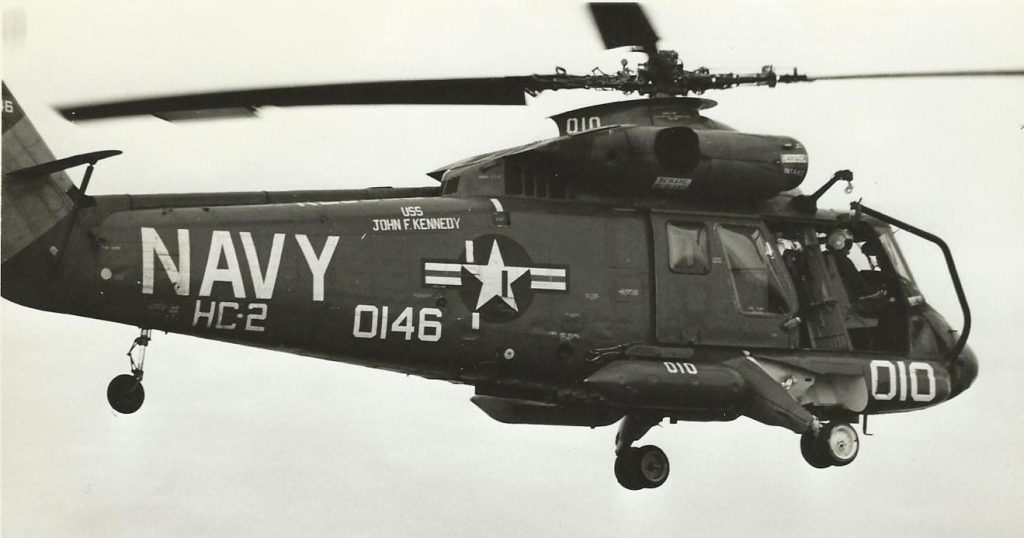Podcast: Play in new window | Download
Subscribe: Apple Podcasts | RSS
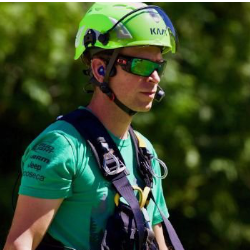
As versatile as helicopters are there are still tight places where they just can’t land to get people in or out. For overwater flights, rescue teams and some utility operations that means using a hoist or under-slung line to reach someone. A hoist fitted helicopter is not always avaliable. Hence we have the considerations that go into Human External Cargo (HEC) where people are flown on the end of an extended line attached to the helicopter belly hook(s).
Jeff Yarnold is VP of Operations at Boost Human External Cargo Systems, a company that he co-founded in 2013. In the interview Jeff goes into the Transport Canada grounding of Human External Cargo equipment that was avaliable at the time and the search and eventual manufacture of a certified solution.
When conducting external load flights with underslung equipment or stores as pilots and crews we want the ability to quickly release the load should that be required to ensure the safety of the aircraft. As long as the released load does not hit someone on the ground then it may be expensive but is an accepted risk of that type of cargo carriage. The load is expendable. The release control is almost always located on the cyclic and requires minimal effort by the pilot. Inadvertent releases are rare however can occur. Either through human error or a failure of the hook system.
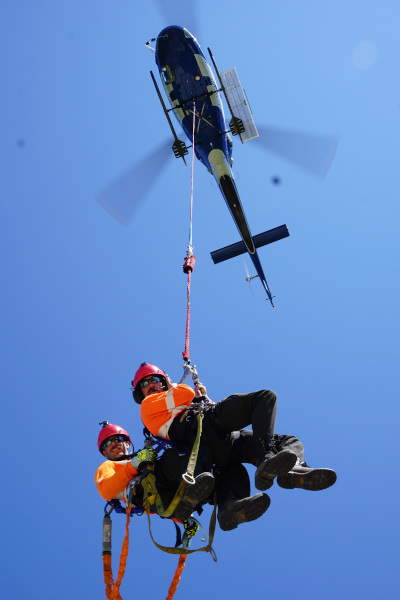
Now with people on the end of the line that could find themselves inadvertently fall free of the helicopter the acceptance of risk goes way down and additional measures are required. The previous solution (which is still used in different jurisdictions) was to fit a ‘belly band’ through and under the helicopter cabin to provide another backup anchor point to the line and its attached humans.
The advantage of the belly band solution was that it was extremely portable and could be fitted to a wide range of helicopters used in the external load role. It was this belly band solution that Transport Canada grounded due to concerns about its certification and fitness for purpose.
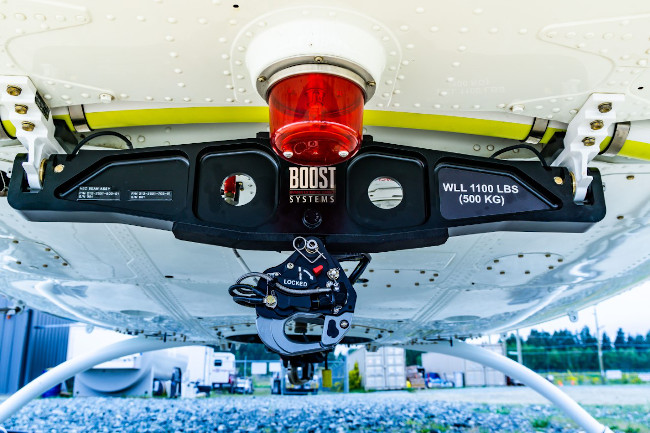
The North Shore Search and Rescue organisation in British Columbia that Jeff still works for, found themselves without a viable way to effect many of the mountain rescues in their area of responsibility. Necessity being the mother of all invention… Jeff and his business partner Derek set about designing a solution.
While Jeff goes into the sometimes bumpy road to market in the podcast the end product was a purpose designed 2nd hook system that is now approved for AS350/355, Bell 206L, 407, 212, 412 types and MD500.
In this podcast we go into:
- Helicopters rescues in BC, Canada
- Jeff’s experiences as a rescue technician then helicopter pilot
- HEC vs hoist ops
- Grounding of existing HEC equipment and impact on operators
- Design and manufacture journey to bring a solution to market
- HEC procedures
- Insurance considerations for flying people suspended underneath a helicopter
Podcast: Subscribe in iTunes | Play in new window | Download
Links from this week’s episode:
Support the podcast on Patreon
Boost Human External Cargo Systems – This is Jeff’s company producing role equipment for the HEC market.
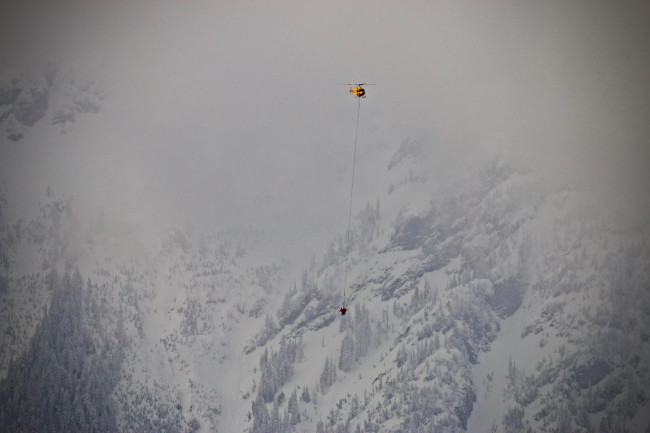
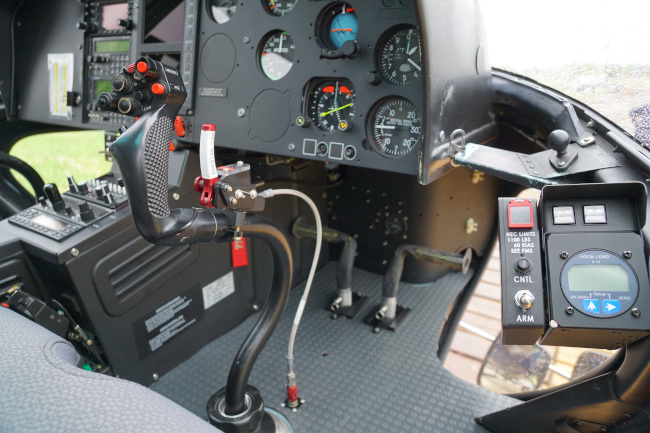
Do you have a question for Jeff or tips from your own experience? Be part of the conversation by leaving a comment below.
